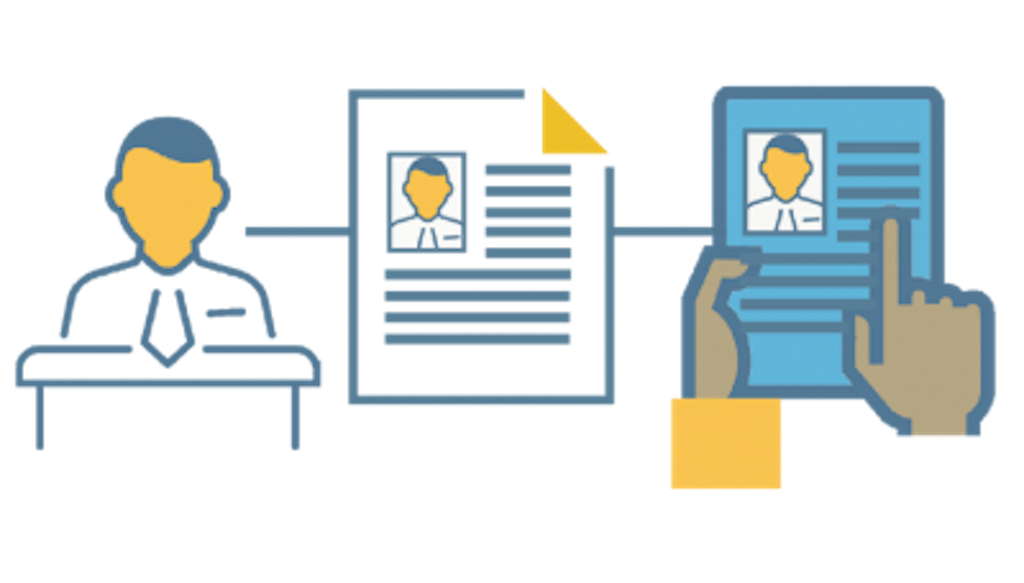Do journalists think they should help communities understand news?

We’re posting a draft today of the second of three surveys. The first one, previously shared, seeks to gauge community “news awareness,” as we’re putting it. This second one is about what the people in the newsroom know, and how they feel, about some principles we’re trying to help them put into practice.
We’re looking for journalists’ views on news literacy, newsroom openness and community engagement (meaning conversation and collaboration that produces more credible news and greater news awareness).
 We’re grateful to Talia Stroud and Gina Chen from Center for Media Engagement at the University of Texas/Austin. We asked them to put together a kind all-star collection of great questions others have asked, including their own. Then, with input from media literacy scholar Renee Hobbs of the University of Rhode Island, the American Press Institute and others, they put this survey draft together. We talked it over with them, and suggested some changes, as did our ASU-Cronkite School colleague Hazel Kwon.
We’re grateful to Talia Stroud and Gina Chen from Center for Media Engagement at the University of Texas/Austin. We asked them to put together a kind all-star collection of great questions others have asked, including their own. Then, with input from media literacy scholar Renee Hobbs of the University of Rhode Island, the American Press Institute and others, they put this survey draft together. We talked it over with them, and suggested some changes, as did our ASU-Cronkite School colleague Hazel Kwon.
We believe the survey will be useful to us, our newsroom collaborators, and others in the field. (Like everything else we’re doing, this is freely available to others for use as they wish.)
Today we are looking for feedback from anyone. Please contact us on social media or email thoughts to newscollab@asu.edu. We plan to take this “into the field,” as survey researchers like to put it, in the near future. We’re also posting the survey on Medium and our Facebook page, so feel free to leave comments there.
Newsroom Survey on News Engagement
1. How important are each of the following to your news organization? (Adapted from Center for Media Engagement, 2017) Order randomized. “How important” scale: 1 (not at all) to 5 (very much).
a. Being concerned with community issues; b. Focusing on helping people in our community. c. Caring about getting the facts right; d. Explaining to the community how and why we decide what stories to cover; e. Being fair in our reporting; f. Knowing the community well; g. Providing all the related information readers need to fully understand our stories; h. Inviting the community to suggest story ideas or help with reporting; i. Telling the community who our journalists are and what they do.
2. How well do you think that your news organization does each of the following? (Adapted from Gaziano & McGrath, 1986; Johnson & Kaye, 2004; Kiousis, 2001) “How well” scale 1 (not well at all) to 5 (very well). Random order.
a. Is fair in our reporting; b. Is unbiased in our reporting; c. Is accurate in our reporting. d. Is trusted by the community; e. Is credible in our reporting; f. Is transparent with the community about how we do our jobs; g. Engages with the community.
3. Describe something your news organization did to ask for story ideas or reporting help from the public.
4. Do you think these efforts were successful? Why or why not?
5. Describe something your news organization did to tell people more about who you are or how you decide what stories to cover.
6. Do you think these efforts were successful? Why or why not?
7. Media Literacy Awareness: How well do you think that your news organization does each of the following? (Adapted from Pew Research, 2017) “How well” scale: 1 (not well at all) to 5 (very well). Random order.
a. Help our community use online resources to find trustworthy information; b. Help our community to search for credible local news information; c. Help our community to create factual information online; d. Help our community share factual information online; e. Host activities for our community to increase transparency.
8. How often do you get asked about how journalism works by members of the community? “How often” scale: 1 (several times a day); 2 (at least once a day); 3 (a few times a week); 4 (once a week); 5 (less than once a week)
9. How effective do you think you are at explaining how journalism works to members of the community? “How effective” scale: 1 (very ineffective) 2 (somewhat ineffective); 3 (neither ineffective nor effective); 4 (somewhat effective); 5 (very effective).
10. Please rank the following, with 1 as your top choice, 2 as your second, and so on — of these factors, which are most critical to the future of journalism? a. Radically different business model(s); b. Radically different distribution model(s); c. Being ready to use the next interfaces (e.g. voice, AP) when they go mainstream; d. Automated content generation using artificial intelligence; e. trust and credibility; f. Detection of deliberately false information in audio and video form; g. Other _____________________
11. Demographics: <Gender> Male, Female; <Age> State your age as of your last birthday _________; <Education level> Some high school; High school graduate; Associate’s Degree; Bachelor’s Degree; Master’s Degree /Professional Degree or higher; Prefer Not to Respond; <Race> Asian/Pacific Islander; Black/African American; White/Caucasian; Hispanic/Latino/Latina; Native American/Alaska Native; Other/Multi-racial; Prefer Not to Respond; <Experience> How many years have you worked as a journalist? ______ <Job title> Which of the following best describes your current job? Senior editor; desk editor; photographer/videographer; reporter; columnist; social media managers. Other ____________________________
(Image by Sean MacEntee — https://www.flickr.com/photos/smemon/)
 This work is licensed under a Creative Commons Attribution-NonCommercial-ShareAlike 4.0 International License.
This work is licensed under a Creative Commons Attribution-NonCommercial-ShareAlike 4.0 International License.
Dan Gillmor is a longtime participant in new media and digital media literacy. He’s author of the 2009 book, Mediactive, discussing media literacy in the digital age from a journalist’s perspective.
